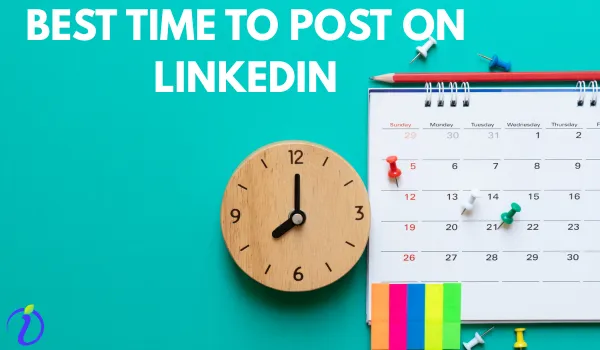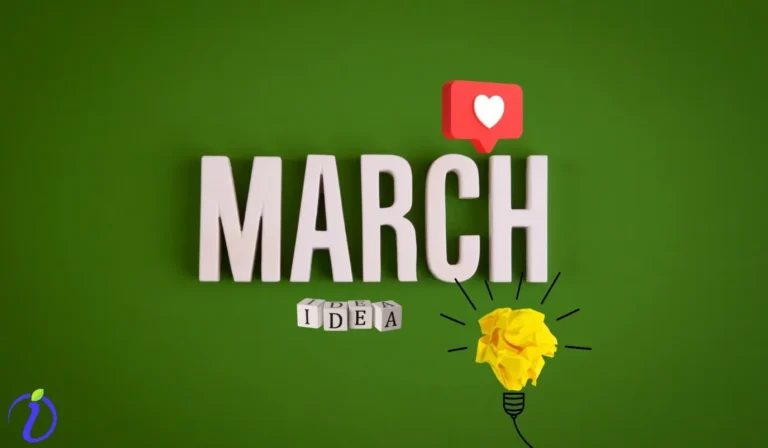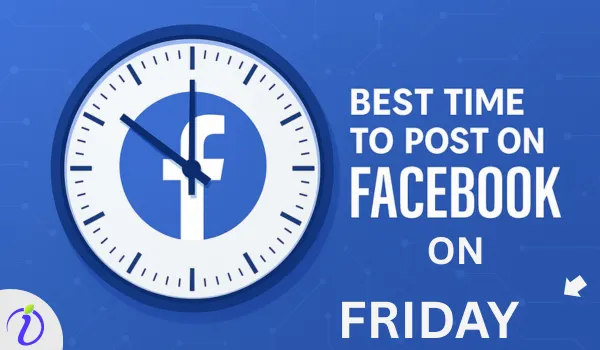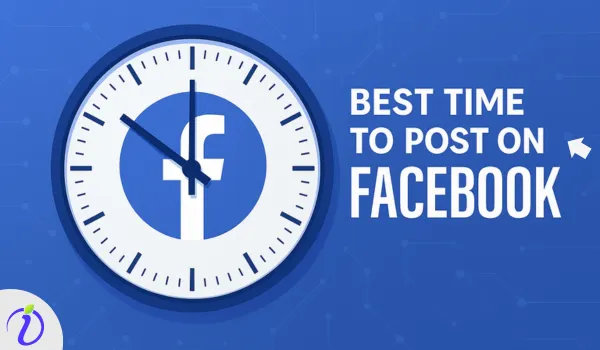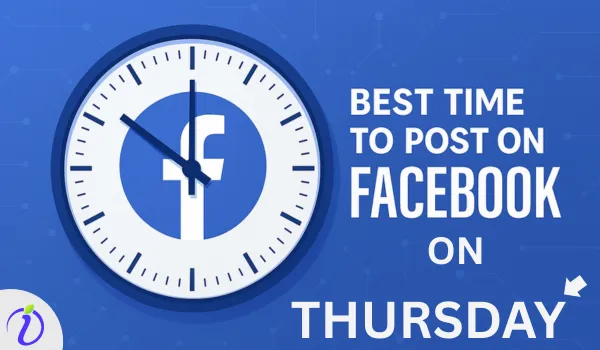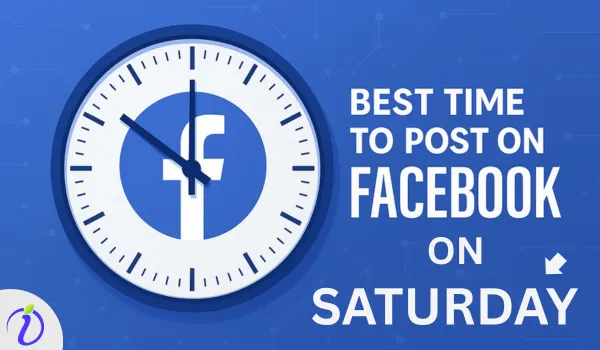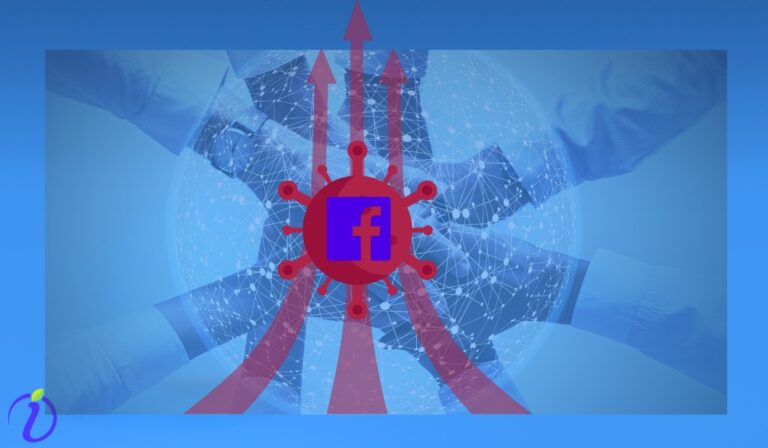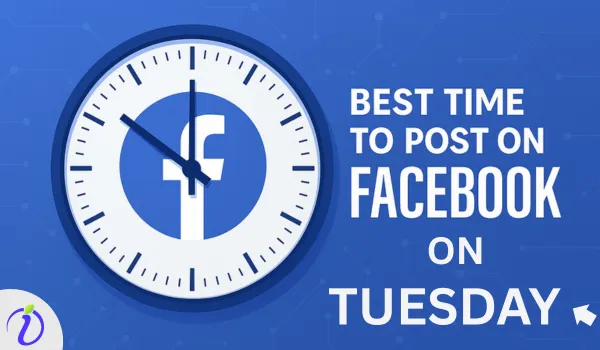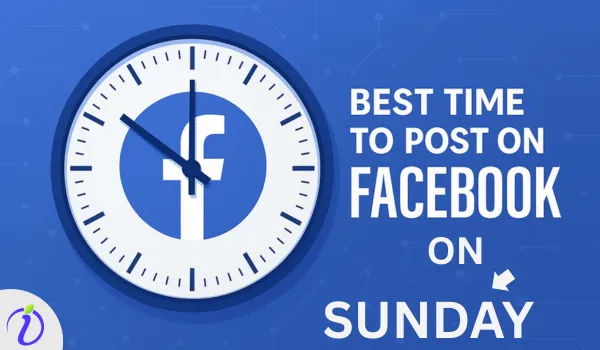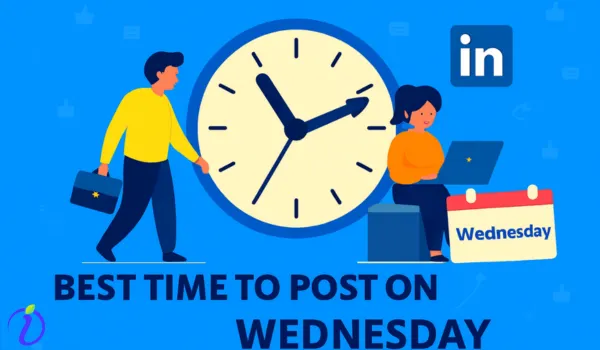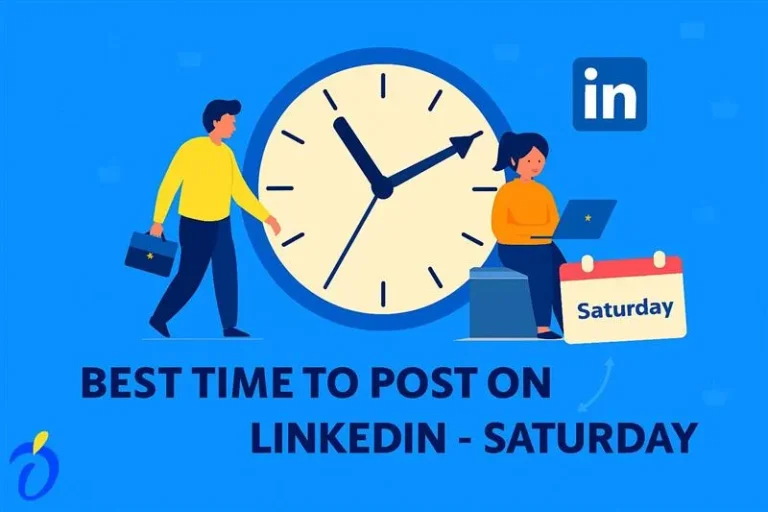LinkedIn is the stage for professionals to grow their career and brands to create more connections. Every update, article, or visual shared on the platform reflects your expertise and can share how others perceive you. You might write the best post of your career, with great insights and clean visuals. But if you post it at the wrong time on LinkedIn? It’s like speaking to an empty conference hall.
Over 1 billion members are now active on the LinkedIn platform, and engagement has grown by 42% year-over-year. It clearly confirms one thing. LinkedIn has audience and competition. Every second, new posts, articles, and updates are added to the feed. The question is, will your post stand out, or get buried?
Timing becomes critical for LinkedIn posts.
Industrial studies have confirmed that LinkedIn posts perform best during mid-mornings to early afternoons (10 AM – 2 PM) on weekdays. Tuesday’s, Wednesday’s, and Thursday’s posts were considered to perform well in a week.
LinkedIn is busy during the “digital office hours”. When professionals grab a cup of coffee, check their emails or prepare for meetings, they often scroll through LinkedIn.
Let us explore
- The Best time to post on LinkedIn platform.
- Industry- specific posting windows.
- How does the LinkedIn Algorithm Work?
- How to discover your brand’s best posting times?
LinkedIn viral content is not about what you post- it’s also about when you post it.
Engagement Lives and Dies by Timing: Finding the Best Time to Post on LinkedIn
Unlike other platforms where users browse for entertainment, LinkedIn audience are professionals with goals. They log in during working hours to
- Catch up on Industry news and updates.
- Discover professional insights.
- Share updates.
- Finally, expand their networks.
LinkedIn has a very different engagement cycle compared to other social media platforms like TikTok and Instagram.
LinkedIn algorithm rewards engagement. If there are more likes, comments, or shares for a post, LinkedIn pushes the post to wider circles. If there is no interaction with your post within its first 90 minutes, your post will lose its momentum and will vanish from the feed.
It is important to identify the golden hours for sharing posts on LinkedIn. Industrial studies have confirmed that posts shared at peak hours gain 2x more reach and 35% more click-through rates than posts shared during off-peak times. In simple words, your posts may shine or sink based on timing.
Best Time to Post on LinkedIn: Global Engagement Patterns
Recent industrial studies have identified the following engagement patterns.
- Best Overall Days: Tuesday, Wednesday & Thursday.
- Best Overall Times: Mid-mornings and early afternoons, particularly between 10 AM and 2 PM.
- Weaker Days: Mondays and Fridays (Though both are working days, professionals are either starting or wrapping the work week).
- Worst Day: Sunday (Weekends receive little or no activity on this professional platform).
It is also confirmed that Tuesday mornings and Wednesday middays see up to 30% higher engagement than other days.
The Business Hours Advantage
LinkedIn is a professional-first platform, and its activity mirrors global office hours.
So, post when your professionals are active:
- Mid-morning posts (9 AM to 11 AM): When professionals log in and start their work in the office, they scroll through the LinkedIn platform for updates, inspiration, and industry news.
- Midday Posts (12 PM to 2 PM): Midday posts are perfect for the lunch break scroll.
- Early afternoon posts (3 PM to 4 PM): These posts will recharge those who seek a mid-day boost or a catch-up before wrapping up tasks.
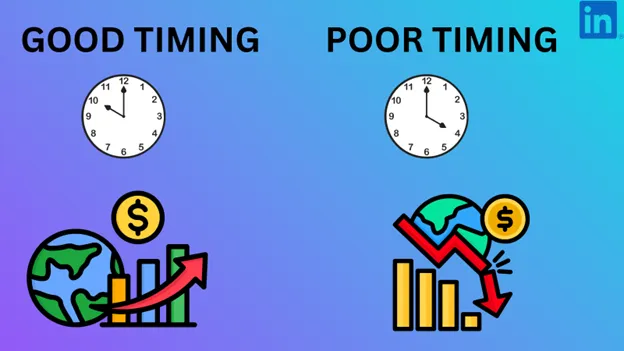
These windows align naturally with the working hours and posts shared during these hours reach your followers, 2nd and 3rd connections ascendingly.
Why Tuesdays Through Thursdays Work Best for LinkedIn Posts?
If Mondays are for catching up and Fridays are for winding down, the best time to post on LinkedIn lies in the middle. Our analysis confirms that Tuesdays through Thursdays deliver the highest activity levels, with highly professional posts, new ideas, and excellent network opportunities. LinkedIn’s own insights have stated that posts published midweek see 133% more engagement than those shared on Mondays or Fridays. It is because professionals have not settled into their weekly rhythm. They haven’t mentally shifted from the weekend. By timing posts during the midweek window, you are aligning with your audience’s most attentive period. Those posts will have a greater chance to spark conversions and conversations.
Data Snapshot: Average Engagement Rates
| Day | Engagement Rate (%) |
|---|---|
| Monday | 10–12% |
| Tuesday | 25% |
| Wednesday | 28% |
| Thursday | 20% higher |
| Friday | Neutral |
| Saturday | 30% |
| Sunday | 40% |
Timing + Algorithm: The Prime Hour Formula
Timing alone will not guarantee success, but it sets the stage. LinkedIn algorithm then decides the reach of your posts based on
- Early Engagement (first 60 – 90 minutes).
- Content Relevance to your audience.
- Content type used in the post (Carousel > video> image> post).
Your post time is more important, and you can generate early engagement if you share the post at the right time. The LinkedIn algorithm rewards you with more reach, visibility, and ultimately good results if done right.
Industry – Specific Posting Windows
While general best times work for most users, LinkedIn engagement patterns also vary by Industry. What works for a SaaS company may not work well for FMCG sector. Professionals in different sectors follow unique schedules, and aligning your posts with those rhythms can significantly increase visibility.
| Industry | Best Posting Times (local time) | Why it works |
|---|---|---|
| Technology (IT & SaaS) | Tue–Thu, 9 AM–11 AM | Professionals check updates before diving into technical work midweek. |
| Finance & Banking | Mon–Fri, 7 AM–9 AM & 12 PM–1 PM | High LinkedIn usage before markets open and during lunch breaks. |
| Healthcare & Pharma | Tue–Thu, 10 AM–12 PM | Mid-mornings fit between patient blocks and clinical schedules. |
| Education & Training | Wed–Thu, 11 AM–1 PM | Midweek engagement peaks during class breaks. |
| HR & Recruitment | Tue–Thu, 1 PM–3 PM | Recruiters browse after interviews and meetings while sourcing talent. |
| Marketing & Advertising | Tue–Thu, 10 AM–12 PM | Mornings are used for trends, campaign reviews, and brainstorming. |
| Consulting & B2B Services | Tue–Thu, 9 AM–10 AM & 2 PM–3 PM | Consultants check industry insights at start of day and during afternoon breaks. |
| Manufacturing & Logistics | Tue–Thu, 6 AM–8 AM | Shift-based teams and managers often check LinkedIn before operations begin. |
| Legal Services | Mon–Thu, 8 AM–10 AM | Lawyers browse before client calls and hearings. |
| Media & Communications | Tue–Thu, 8 AM–11 AM & 4 PM–6 PM | Morning news cycles and late-afternoon content reviews drive engagement. |
Tips for Making the Most of your Industry-Specific Posting Windows
- Tech and SaaS – Use polls or quick insights to spark engagement during the coffee scroll window for Techies and Marketing consultants.
- Finance and Consulting – Case studies and data-driven posts will resonate best when posted pre-market hours. It is a great chance to share the best post of the day.
- Healthcare and Education – Create and share posts that offer practical advice, research highlights, and staff spotlights that perform well in the afternoon breaks.
- Marketing and Media – Videos, infographics and carousels are the key to catch audiences when brainstorming. The collaboration energy is high between 10 AM and 12 PM, so don’t miss this opportunity.
- Manufacturing and Engineering – Try to post innovation stories, process improvements, or company culture-related posts in the early morning slots.
- Nonprofits & Social Impact – Storytelling posts showcasing impact and community engagement posts work well.
How the LinkedIn Algorithm Works?
LinkedIn has transformed from a simple professional networking site into one of the most powerful business and career platforms in the world. While everyone looks for attention and engagement, the competition is intense here. The reason why some posts go viral, and others go unnoticed, is due to their engagement pattern.
LinkedIn’s algorithm is designed to keep users on the platform longer and to provide them with content that is relevant, engaging and meaningful. While other platforms prioritize entertainment, LinkedIn focuses on professional value.
In short, LinkedIn algorithm cares about:
- Conversations that build relationships and elevate your professional career.
- Content relevance to your career and interests.
- Time spent engaging with posts.
This concludes that every post undergoes several layers of filtering and ranking patterns before it appears in someone’s feed.
Stage 1: Initial Filtering and Post Classification
From the moment you hit “post”, LinkedIn runs a quick check on your content.
- Spam Detection: This is the first step in LinkedIn. Posts with spammy links, clickbait titles and excessive hashtags are quietly suppressed.
- Recognition of Content Type: Once the spam detection is complete, LinkedIn identifies whether your post is an image, video, poll, document, or carousel.
- Relevancy Tags: Hashtags, Keywords and mentions in the post are scanned to understand what your post is about.
When you post passes this stage, it moves on to the test audience.
Stage 2: Testing with a Small Number of Audience
LinkedIn never shows your content to everyone at once similar to other social media platforms. First it sends your post to your followers or connections.
At this stage, LinkedIn algorithm measures:
- Dwelling Time: Do people stop scrolling to read your post?
- Engagement: Do they click “see more” to read the entire post?
- Reaction: Do followers like, share, or connect within minutes?
This step is like a trial run. If your posts perform well in step 2, they get distributed further. If not, it fades away.
Stage 3: Post Weightage
Not all engagement in LinkedIn is equal. The algorithm assigns different values to different actions.
- Comments: The highest value is assigned to the comments as they spark conversations.
- Shares: Shares are given the second-highest value. Shares spread your post to new networks. Sharing elevates your post to new horizons.
- Reactions: Likes, celebrations, and support are important for the posts.
- Clicks and views: They are considered weak signals in the engagement pattern. They are useful, but not as much as comments.
- Now we can understand why a post with 30 comments seems to outperform one with 300 likes.
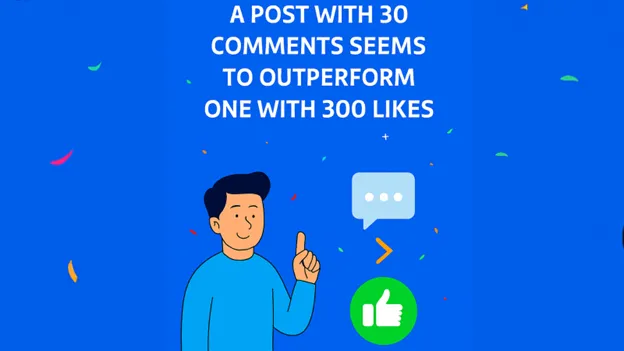
Stage 4 : Network Relevance
LinkedIn customizes feeds for each user. Whether your post appears in someone’s feed depends on
- Relationship strength – Have you interacted with this person before?
- Shared interests – Is your post related to their industry, specialization or groups that they follow?
- Mutual Connections – If your 2nd or 3rd connection engage with your post, then LinkedIn is likely to show it the feed.
Niche content that resonated with your professional circle often travels further than generic posts.
Stage 5: The Power of Dwell Time
Dwell time is an important ranking signal for LinkedIn. Dwell time was introduced in 2020, to measure how long someone spends on your post, though they don’t engage.
If your connection scroll-past your post quickly, it is considered as a weak signal. Whereas if they pause and read, or watch your post, it is a strong signal.
Stage 6: Prioritizing Posts by Content Type
LinkedIn favors certain types of content
- Native content beats external links. If you post a YouTube Link, it may get throttled compared to a native LinkedIn video.
- Polls, carousels, and videos are prioritized because they increase the time spent on the platform.
- Text- only posts can still go viral if they are thought- provoking and encourage conversation.
The takeaway? Mix up your content but lean towards formats that keep people engaged inside LinkedIn.
Stage 7: Creator Behavior and Consistency
Your personal activity also matters for LinkedIn posts. LinkedIn algorithm favors creators who
- Post consistently ( 2 – 4 posts per week is considered healthy for LinkedIn).
- Engage back with comments quickly after posting.
- Build authority around a niche or topic.
If you post irregularly or ignore your audience, your reach will shrink over time.
Stage 8: Extended Reach and Virality
If your post performs well with your immediate followers, LinkedIn pushes it further.
- To 2nd degree connections ( friends of your followers)
- Into topic feeds and hashtags
- Through re-shares by others, which open doors to a new group of audiences.
This layered distribution strategy of your posts explains how posts can suddenly “take off” and trend for weeks.
Stage 9: Continuous Scoring
LinkedIn’s algorithm doesn’t decide once and forget you. It continuously evaluates your post.
If a blog engagement continues for days, LinkedIn keeps resurfacing it.
If the activity dies soon, your post disappears from the feed.
Well, this explains why some thought–leadership posts of mine stayed alive in feeds for weeks, unlike other social platforms.
Stage 10: Negative Signals and Penalties
LinkedIn cannot keep your old posts resurfacing, as new posts are uploaded every second by followers.
The following are the signals looked up by LinkedIn to downrank posts.
- If your post has an engagement bait like “Comment YES if you agree”, it pulls your post down.
- Overuse of Hashtags. The ideal number of hashtags for LinkedIn posts is 3-5.
- Tagging too many irrelevant people will drag down your post.
- When your followers are hiding, reporting or ignoring your posts.
If you want to keep your posts engaging and enhance your network, avoid these in your content.
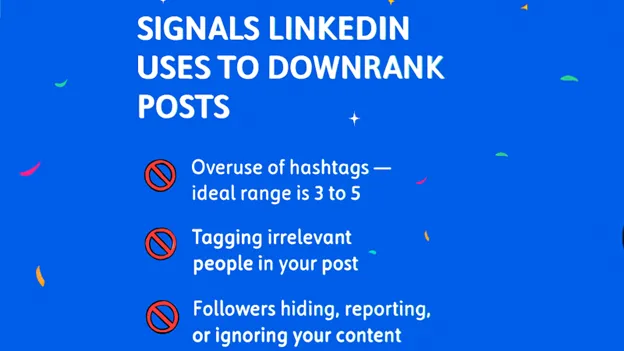
Since the LinkedIn algorithm relies heavily on early engagement (likes or comments within 60 – 90 minutes of posting), posting when your audience is most active makes a big difference. If your post receives likes, and comments within the first hour, LinkedIn is most likely to push it further.
To identify your best time to post on LinkedIn,
- Start with LinkedIn Analytics
LinkedIn Analytics shares insights about your audience demographics, including industry, location, job titles, and activity levels. By analyzing this data, you can spot patterns in how and when your followers engage.
For Example, if most of your followers are based in Asia and work in the HR industry, you might notice higher engagement during afternoon hours when they are relaxing with a cup of coffee. On the other hand, if you are targeting the corporate sector, try to post on the morning hours.
- Plan a Posting Pattern
With the data from analytics section, you can plan your posting time. Multiple studies suggest to post between Tuesday and Thursday. It is better to start, with the universal best times to post on LinkedIn and then create your own time slots. Posting in the morning between 8 AM and 11 AM local time yields the best results for most industries.
Mondays are often slower, and Fridays tend to taper off, so prefer mid-week pattern for better recognition in your industry.
- Run Experiments with A/B Testing
A/B testing is the standard procedure to identify your ideal posting times. A good approach is to post similar types of content at different time slots and compare the results.
For Example,if you are posting thought-leadership pieces, try to post them in different time slots like this:
Week 1: Post at 8 AM
Week 2: Post at 12 PM
Week 3: Post at 3 PM
Analyze the likes, shares, comments and reposts of these posts after few weeks. We are certain that you are very close to decoding your best time to post on LinkedIn. It is the most concrete method to identify the most responsive hours of your post.
- Engage Immediately After Posting
Timings are not just about when you post; it is also about what you do right after your post. LinkedIn algorithm heavily rewards posts that triggers conversations within one hour. Practically, the first hour after a post is crucial.
Reply to comments, thank people for their input, and engage in back-and-forth discussions. It is one way to prove to LinkedIn that your post is sparking genuine interaction and also encourages the algorithm to distribute it to a wider audience.
- Consider Universal Best Times to post on LinkedIn
If your followers are in multiple regions, timing becomes even more important. If you are based in Japan and your target clients are in the United States, posting at 9 AM (local time) means that your content goes live while your American audience is asleep. By the time they log in, your post might be already buried under fresher content.
You can overcome this situation by
- Use LinkedIn Scheduling tools like indzu social to post your content.
- Identify your primary audience location and optimize your posts for that zone.
- Run split tests to see which audience sector drives more engagement.
These tests are very important if you are targeting global markets like SaaS, consulting or e-learning.
FAQ
What is generally considered the best time to post on LinkedIn?
Studies suggest Tuesday to Thursday mornings between 8 AM and 11 AM local time drive the strongest engagement.
Does the best time to post vary by industry?
Yes. For example, B2B industries perform best during work hours, while consumer-facing industries may see higher engagement in the evenings.
How important is early engagement when posting?
Critical. Posts that get likes, comments, and clicks within the first hour are more likely to be shown to a wider audience.
Should I post at the same time every day?
Consistency helps, but it’s best to test different time slots over several weeks to identify when your specific audience is most active.
What if my audience is spread across multiple time zones?
Use LinkedIn analytics and scheduling tools to target the local working hours of your largest or highest-priority audience segment.
How often should I post on LinkedIn?
Consistency matters more than volume. Posting two to four times a week is generally optimal for visibility without overwhelming your audience.
What role do hashtags play in the algorithm?
Hashtags help classify your content and expand its reach. Use three to five highly relevant hashtags per post for best results.
How long does a LinkedIn post stay active?
Unlike other platforms, LinkedIn posts can stay relevant for days or even weeks if they continue to generate engagement.
Does engagement in the first hour really make a difference?
Yes. The first 60–90 minutes are critical. Strong early engagement signals quality, prompting LinkedIn to expand distribution.
What should I avoid to prevent algorithm penalties?
Avoid engagement bait (e.g., “Comment YES if you agree”), over-tagging people, and irrelevant hashtags. These reduce credibility and reach.

